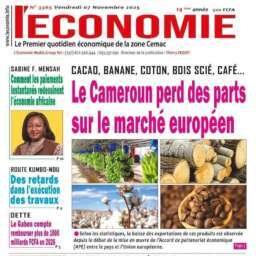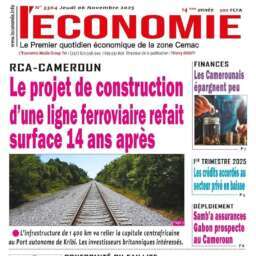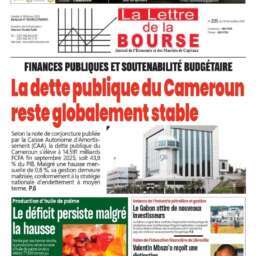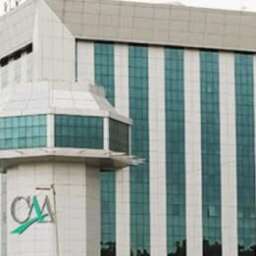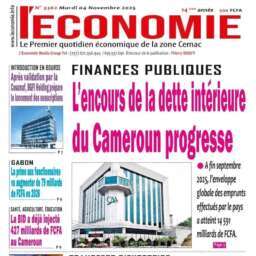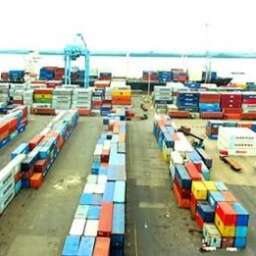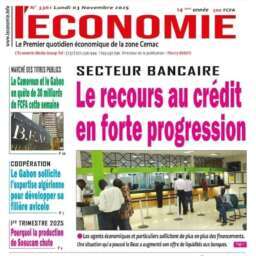(Business in Cameroon) – Inflation in Cameroon reached 4.4% year-over-year in September 2024, according to the National Institute of Statistics (INS). Almost half of this increase came from food price hikes, with food costs rising 5.9% over the past year. The price of fresh produce alone spiked to an inflation rate of 10.3%, slightly down from 11.4% in September 2023, contributing 2.6 percentage points to the overall inflation rate.
INS reports that this surge in food prices mainly results from higher costs for vegetables, bread, cereals, fish, and seafood. The average inflation rate over the past twelve months stands at 4.9%, driven by a 6.2% rise in food prices and a notable 13.4% increase in transport costs. Together, these categories account for nearly 44% of household spending in Cameroon.
Regional inflation rates vary, ranging from 3.2% to 7.0%. The lowest rates were reported in Garoua (3.8%), Bertoua (3.7%), and Bamenda (3.2%). However, Maroua, Douala, and Ngaoundéré saw inflation rates of 7.0%, 5.5%, and 5.1%, respectively, surpassing the 3% inflation threshold set by the Central African Economic and Monetary Community (CEMAC).
Rising prices are squeezing many households, especially those already on tight budgets. Despite government efforts to curb inflation, including a ban on cereal exports since December 2021, food prices continue to erode the purchasing power of low-income families in both urban and rural areas. In regions affected by conflict, food crop sales are particularly hindered by low production, high transport costs, and limited market access, reducing income from harvests.
Data from the Fifth Cameroon Household Survey (ECam5), released by the INS in April, shows that nearly two out of five Cameroonians live below the national poverty line, set at CFA813 per day per person. With this measure, about 10 million people were living in poverty in 2022, out of an estimated total population of 27 million, according to the institute.









